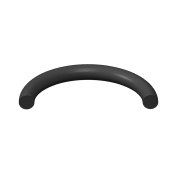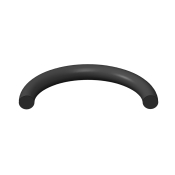
Back
O-rings are versatile sealing solutions, critical in maintaining effective seals across a multitude of applications. Available in a diverse array of sizes and materials, they are indispensable in various operating conditions. O-rings are easy to install and cost-efficient.
O-rings function by creating a radial or axial deformation, maintaining sealing contact between machine components. Key factors influencing their performance under pressure include material choice, extrusion gap, sealed fluid, and temperature. To mitigate the risk of gap extrusion in static radial sealing, back-up rings are often employed with O-rings.
O-rings are critical to many hydraulic systems, and specifically used for sealing mineral-based hydraulic fluids. They can serve as both primary seals, preventing leaks, and secondary seals, enhancing the durability of the main seal.
O-rings are categorized either by metric sizing or by the AS568 dash numbering system, a standardized method that specifies the inside diameters, cross-sections, and tolerances. These dash numbers (e.g., -001 to -475) simplify identification and selection, ensuring precise fits and optimal performance. Each dash number corresponds to a specific size, making identification and replacement easy and ensuring compatibility with existing equipment.
Whether adhering to SAE AS568, DIN ISO 3601, or JIS standards, O-rings are available in both metric (internal diameter x cross-section) and imperial measurements, ensuring compatibility with a wide range of industrial requirements.





